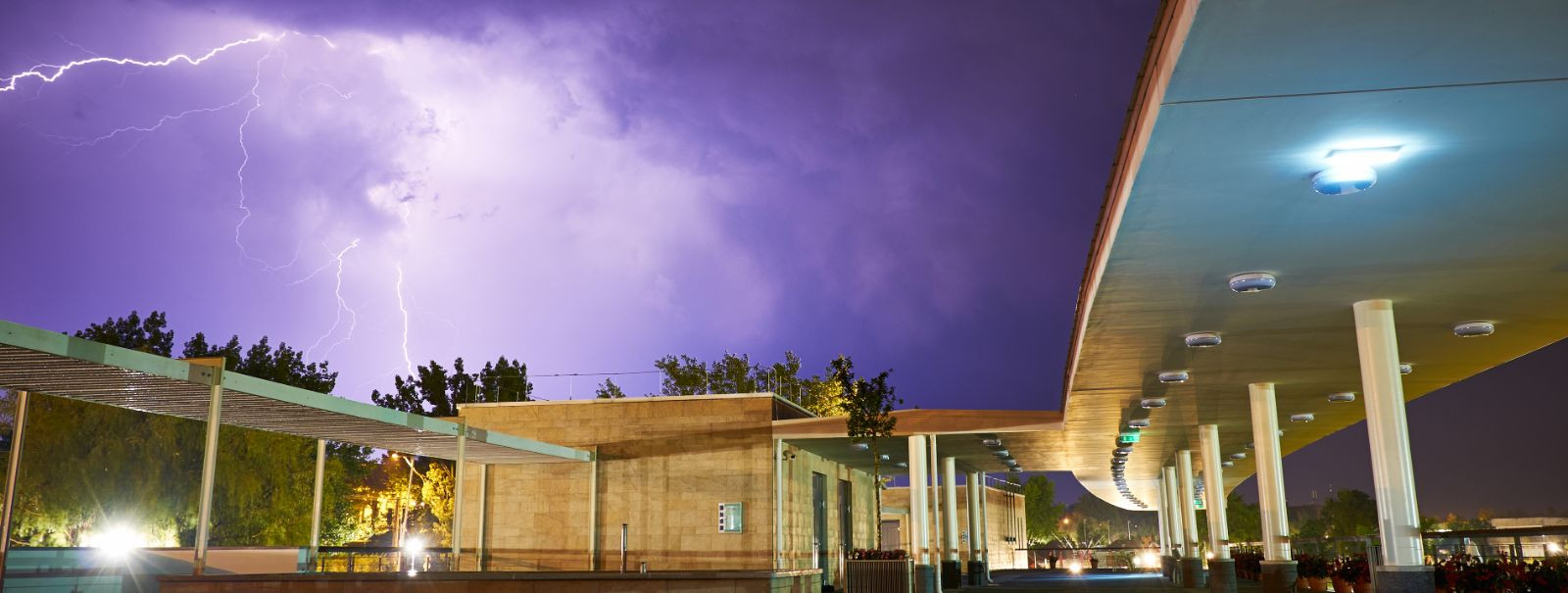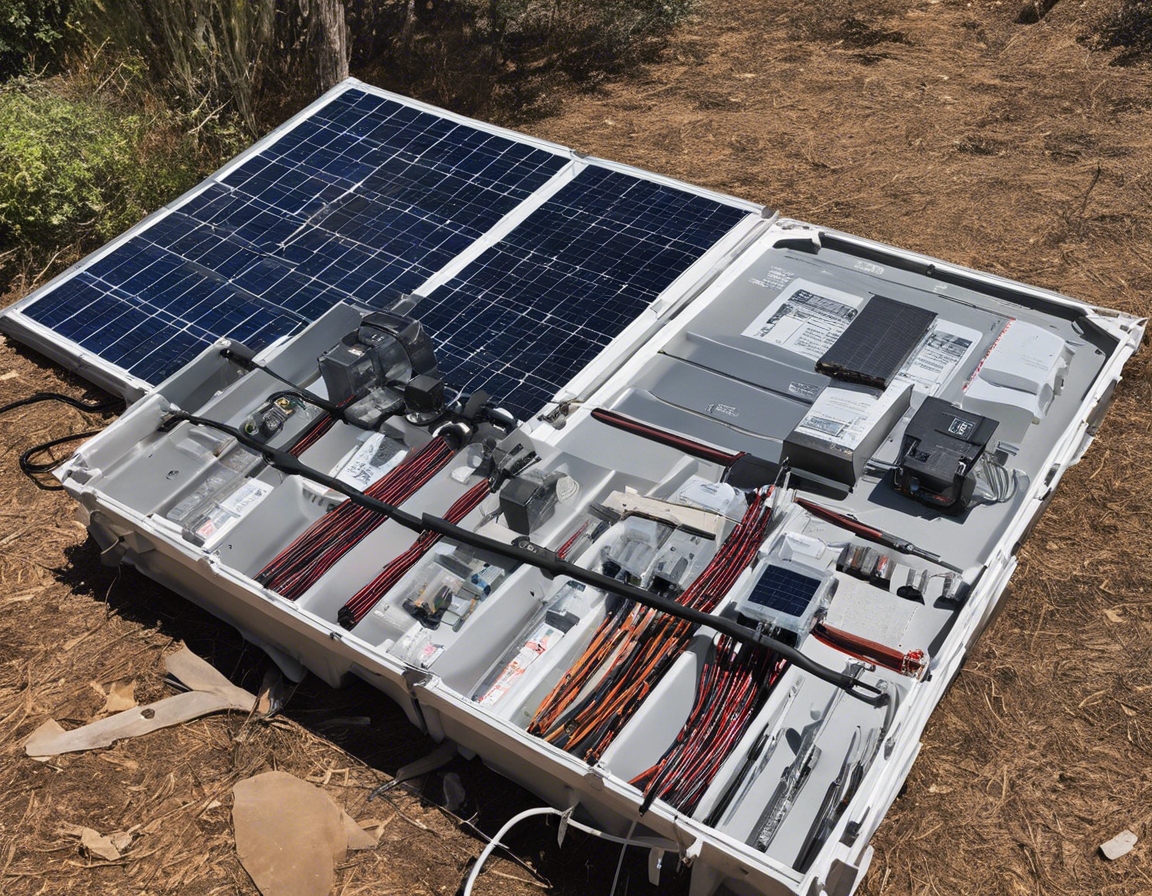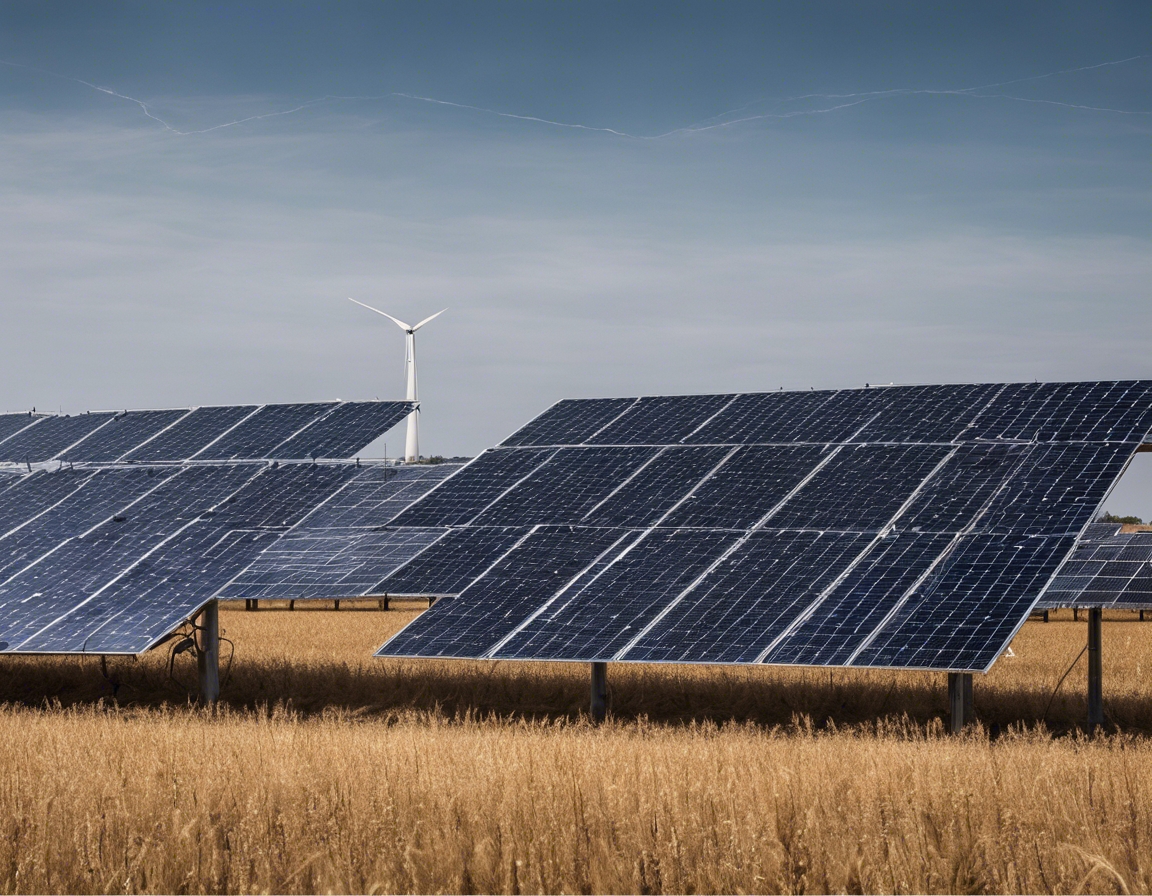Understanding the science behind lightning protection
Lightning is a powerful natural phenomenon that poses significant risks to properties and infrastructure. Each year, thousands of buildings are damaged by lightning strikes, leading to costly repairs and, in some cases, endangering lives. Understanding the science behind lightning and implementing effective protection systems is crucial for property owners, facility managers, and solar energy companies, especially in regions prone to thunderstorms.
The Science of Lightning Formation
Lightning is a result of the electrical discharge caused by imbalances between storm clouds and the ground, or within the clouds themselves. During a thunderstorm, the collision of ice particles within the clouds generates an electric charge. When the charge becomes sufficiently large, it discharges in the form of lightning, seeking the path of least resistance to the ground. This process can occur in a fraction of a second, releasing a tremendous amount of energy.
How Lightning Protection Systems Work
A lightning protection system is designed to intercept, conduct, and disperse the electrical energy from a lightning strike safely into the ground. The primary components include air terminals (lightning rods), conductors, and ground electrodes. Air terminals are strategically placed on the highest points of a structure to attract lightning strikes. Conductors then channel the electrical energy to the ground electrodes, which safely dissipate it into the earth.
Grounding is a critical aspect of any lightning protection system. It ensures that the electrical energy from a lightning strike is efficiently transferred to the ground, minimizing the risk of damage to the structure and its occupants. Proper grounding involves the use of conductive materials and techniques to create a low-resistance path for the electrical current. This process not only protects the building but also reduces the risk of electrical surges that can damage electronic equipment.
Importance of Lightning Protection for Properties
Lightning protection systems are essential for safeguarding buildings and infrastructure from the destructive forces of lightning. By providing a controlled path for the electrical discharge, these systems prevent structural damage, fires, and electrical failures. This is particularly important for high-rise buildings, historical structures, and facilities housing sensitive equipment.
Solar energy installations are particularly vulnerable to lightning strikes due to their exposure and conductive materials. A direct strike can cause significant damage to solar panels, inverters, and other components, leading to costly repairs and downtime. Implementing a robust lightning protection system ensures the longevity and efficiency of solar energy systems, protecting the investment and maintaining energy production.
Compliance with Safety Standards and Regulations
Lightning protection systems must comply with various international and local standards to ensure their effectiveness and safety. Standards such as the IEC 62305 series provide guidelines for the design, installation, and maintenance of these systems. Compliance with these standards is crucial for minimizing risks and ensuring the safety of occupants and property.
Property owners and facility managers must work with experienced professionals to ensure their lightning protection systems meet all relevant standards and regulations. Regular inspections and maintenance are essential to verify the system's integrity and functionality. By adhering to these guidelines, businesses and individuals can protect their investments and ensure the safety of their occupants.






Comments (0)